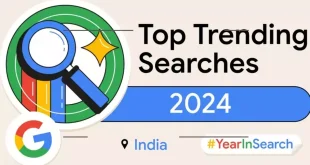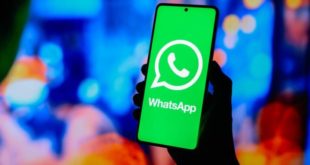
In our digitally connected world, the consumption of data and airtime has become an integral part of our daily lives. Every scroll, click, and interaction on the internet involves the use of data. But where exactly does this data go? Does it benefit the network providers who facilitate our access to the internet, or does it go to the content creators whose posts we interact with? This article aims to shed light on the flow of data and airtime, clarifying the roles of network providers and content creators in this process.
The Role of Network Providers
Network providers, also known as internet service providers (ISPs), are the companies that supply us with the internet connection we use. These providers own and maintain the infrastructure that allows us to connect to the internet, such as cables, satellites, and cell towers. When we purchase data plans or airtime from these providers, we are essentially paying for access to their network infrastructure.
Every time we use our smartphones, tablets, or computers to browse the web, stream videos, send messages, or use apps, we are consuming data. This data usage is tracked and billed by our network providers. The more data-intensive the activity (e.g., streaming high-definition videos or downloading large files), the more data we consume, and consequently, the more we pay to our network providers.
Data Usage and Content Consumption
When we interact with content online—whether it’s liking a post on social media, watching a video, or reading an article—data is transmitted between our device and the servers hosting the content. Here’s a simplified breakdown of the process:
1. Request: When you click on a link or open an app, your device sends a request to the server where the content is hosted. This request uses a small amount of data.
2. Transmission: The server processes the request and sends the content back to your device. The size of the content (e.g., the length of a video or the number of images on a webpage) determines the amount of data transmitted.
3. Rendering: Your device receives the data and renders the content for you to view and interact with. Additional interactions (e.g., liking a post, posting a comment) may result in further data usage as new requests are sent and processed.
Beneficiaries of Data Usage
While network providers are the primary recipients of the revenue generated from the sale of data plans and airtime, content creators also benefit indirectly from our data usage. Here’s how:
Network Providers: They charge users for the amount of data consumed. The revenue generated from data and airtime sales is used to maintain and upgrade their infrastructure, ensuring reliable and fast internet access. The more data you use, the more you pay, directly benefiting the network provider.
Content Creators: Although content creators do not receive a portion of the revenue from data sales directly, they benefit in other ways. When you interact with their content, it increases their engagement metrics, such as views, likes, shares, and comments. Higher engagement can lead to increased visibility on platforms, potentially attracting more followers or subscribers.
Monetization Strategies for Content Creators
Content creators typically monetize their content through several strategies, which are indirectly influenced by your data usage:
1. Ad Revenue: Many social media platforms and websites display ads alongside content. When you view or interact with these ads, the platform earns revenue, a portion of which is shared with the content creators. The more data you use to view content, the more opportunities for ad impressions and clicks, benefiting both the platform and the creator.
2. Sponsored Content: Brands often pay content creators to promote their products or services. Higher engagement metrics can make a creator more attractive to potential sponsors. Your data usage contributes to these metrics, indirectly supporting the creator’s income.
The Symbiotic Relationship
The relationship between network providers and content creators is symbiotic. Network providers facilitate the access to content by providing the necessary infrastructure, while content creators generate the content that drives data consumption. Without engaging content, users would have little reason to consume large amounts of data, reducing revenue for network providers. Conversely, without reliable internet access, content creators would struggle to reach and engage their audience.
 GhArticles.com Every News in Detail
GhArticles.com Every News in Detail



